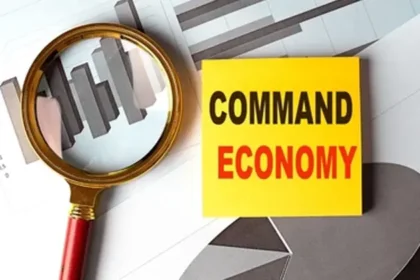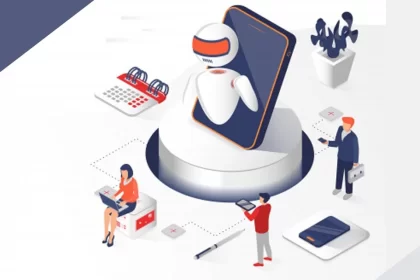It has become necessary for employees to bring personal devices to work if they have a BYOD policy. Employees deserve to use their own phones, tablets, and computers in the office without losing possession or control. But for a company’s IT and security departments, this should raise some red flags. Modern BYOD issues have gone beyond just simple user-privacy issues to significant security and compliance concerns. These issues need to be tackled to ensure that the ecosystems are not vulnerable after the evolution of BYOD. As organizations start adapting their strategies and infrastructure to keep up with digital evolution and meet the employees’ needs. One can see a change in embracing BYOD policies.
To understand the evolution of BYOD policies, let’s explore the 3 most popular approaches of BYOD
- Approach 1: Head in the sand
If an employee brings a new iPhone, this does not mean that the IT department will immediately receive an additional budget. Consequently, it is often easier for IT to just pretend that there isn’t a new phone. Ignorance is not always bliss, as we have heard the alarming tales of mobile devices being used to breach a network. Understandably, IT doesn’t want to take responsibility for device and network security with such a high risk.
It’s not a matter of wanting to participate with other IT members, nor whether they can do so. Mobile devices are set in our personal lives, and so employees may be susceptible to access IT. And when IT wants to implement a policy and handle a computer properly, unclear ownership doesn’t make it easy. Data and devices were purchased by either the employee or the business, creating a vital distinction. Now, the employee owns the device, but the application and data layer may have ownership divisions, which complicates things.
That would be enough for some IT teams to stick their heads back in the sand. Even though these devices are normally linked to the corporate network and have access to corporate email services. This is one of the most acclaimed approaches in the evolution of BYOD.
- Approach 2: Cro-Magnon
Companies subscribing to the ‘Cro-Magnon’ strategy are usually the most skeptical regarding BYOD. Their aim is typically to eliminate ‘Y’ and ‘O’ from ‘bring your own device.’ Cro-Magnon organizations are often prescriptive in their IT and device management policies. It outlines which devices they endorse and makes specific distinctions between corporate and personal properties.
However, some companies in highly regulated environments go so far as to say no to BYOD altogether. Although this is a well-defined role, it can serve to alienate users and is hard to implement, frankly. Users can go around the laws and connect unauthorized devices to the network in specific ways. This opens up several security and enforcement problems. This is one of the best approaches to the evolution of BYOD.
The most important force behind the Cro-Magnon approach is, generally, security. One can see companies implementing strict BYOD policies in regulated sectors to be consistent with the guidelines. It is also not unusual for businesses leaning towards this strategy that have already had security breaches.
In theory, this approach can make IT simpler, but in some situations, things merely provide a stop-gap solution. To control mobile and other user devices and PCs, it needs a separate set of policies. As a consequence, IT takes two toolsets and solutions that aren’t connected. To get their job done, it doesn’t remain easy to provide the end-user with a cohesive experience.
- Approach 3: Enlightened IT
BYOD has its drawbacks, but in the end, making it happen is based on a clear business need. It provides both users and organizations with essential benefits. BYOD enables employees to use the devices they want and promotes self-sufficiency in IT. By implementing this BYOD strategy, companies can anticipate productivity gains, cost savings, and employee satisfaction. But, BYOD can be a nightmare for IT, too. Standardization is the key to navigate this approach in the evolution of BYOD.
Standardization is one of the best IT strategies to ensure that it provides high-quality service and protects the business. For a well-defined plan for how IT will help and offer these devices, standardization of policies is essential. Besides, it is crucial to take a user-centric approach since the user is the common denominator that connects all devices. IT is responsible for safeguarding and providing services.
IT departments need a unification of toolsets that allow users to handle the various devices to execute the best strategy. For businesses needing to manage PCs in all of their forms, simple MDM capabilities are not enough. Maybe years from now, we will be closer when sandboxed operating systems are commonplace. Meanwhile, IT shops need to look for resources that include integration and help clients integrate themselves.










